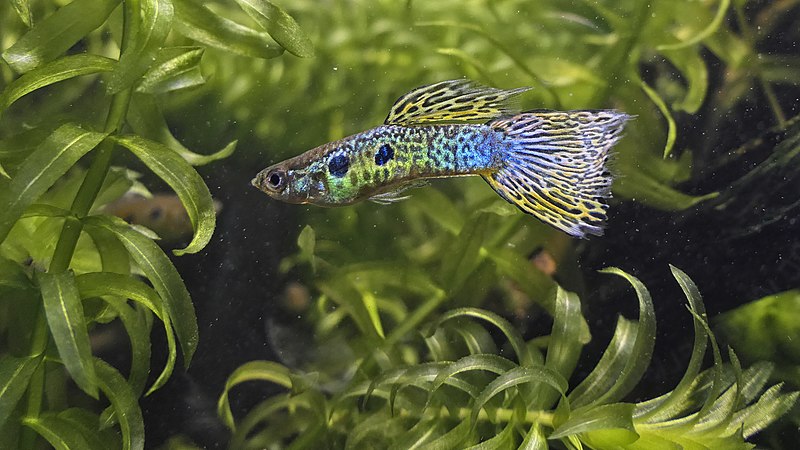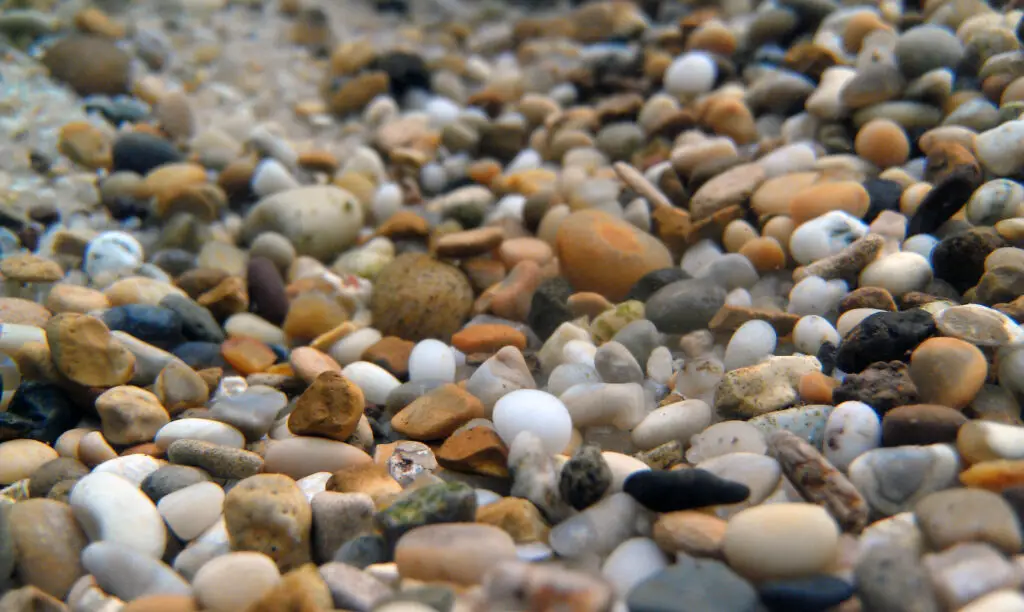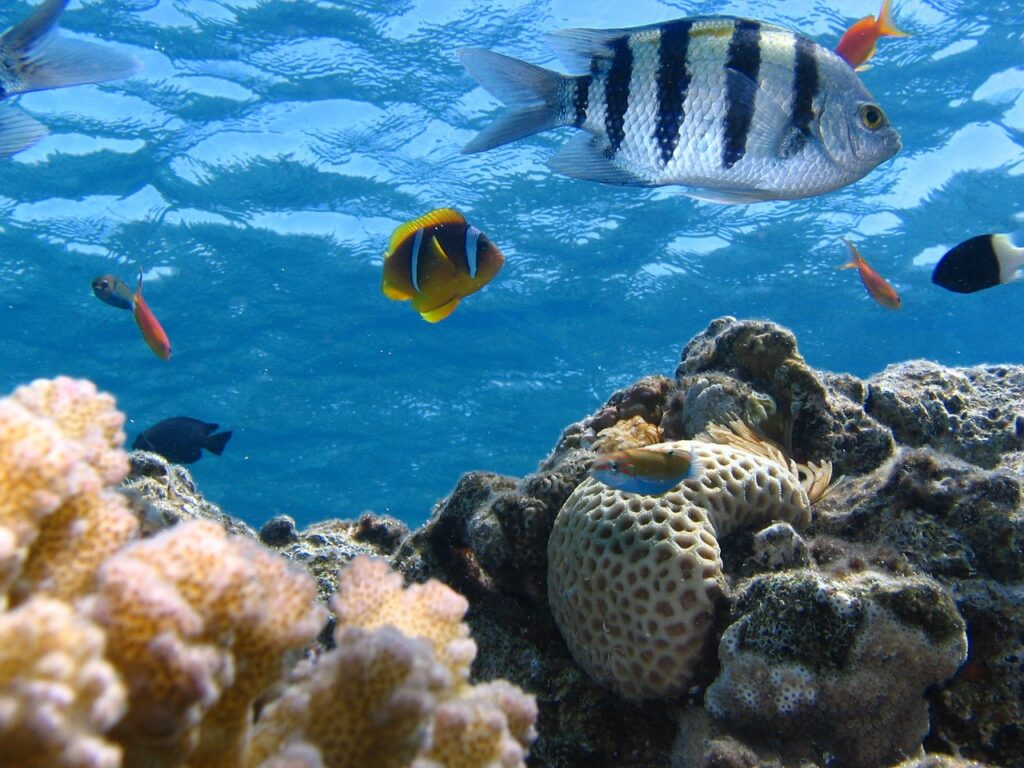Tuberculosis is one of the less common diseases that affect guppies all over the world.
The guppy, also known as the million fish, is a renowned freshwater aquatic fish species and one of the world’s most distributed tropical fish. Fish tuberculosis (TB) is a chronic bacterial infection in fish triggered by Mycobacterium marinum. Since the clinical signs are like tuberculosis disease in humans, the term “fish tuberculosis” is commonly used to describe this fish disease, but sticklers for accuracy will prefer the term “mycobacteriosis” instead.
As a result, this article can help you find answers to the following questions: How do you treat guppy TB? How do I know if my fish has TB? Is fish TB contagious to humans? What causes tuberculosis in fish?
How do you treat guppy Tuberculosis?
If you discover this disease, the number one step you must do is quarantine the diseased guppy. This will keep them from contaminating the rest of the fish population while they recuperate. Establishing a hospital tank will also make treatment options more accessible if they can be cured. We can consider other treatment options after your guppy has been separated in a separate container.
Add salt and vitamin c.
Adding vitamin C and salt to their water has been found to aid in the elimination of tuberculosis. It not only makes the bacterium’s survival more difficult but also destroys the infection before it can spread across your fish’s body. Salt may also help relieve the pain, and vitamin C can help strengthen the immune system naturally
Increase your water temperature.
Your aquarium’s temperature will aid in the elimination of this disease. TB becomes weaker at higher temperatures, making it simpler for your guppy to fight.
Medication ; Antibiotics:
Sometimes, going to a doctor who specializes in diseased pets is the best option. Before prescribing the most appropriate cure for the mycobacterial disease, they will perform diagnostic tests. Among the medications for treating this disease are:
- Meloxicam is used to treat inflammation and pain, Erythromycin is used to treat topical skin infections, and Rifampin is used to cure infections.
- Antibiotics such as tetracycline, azithromycin, or doxycycline.
Improve their nutrition
Finally, you can ensure that your guppy is receiving enough nutrients that can help healthy cell repair and growth. A well-balanced fish meal gives your fish the power they need to combat TB infections. Shrimp, worms, and fish are all high in nutrition, whereas vegetable-based foods like peas, algae, spirulina, and spinach are high in vitamins.
How do I know if my fish has Tuberculosis?
Tb in fish has some symptoms that shouldn’t be confused with other easily curable and less deadly diseases. If your fish exhibits more than five of the symptoms listed here, they most likely have fish TB.
Symptoms of Tuberculosis in Fish
- A sunken belly
- Enlarged eyes
- Lethargy
- Weakness
- Loss of appetite leads to anorexia.
- Stringy poop
- Skin lesions
- Open sores
- Bones may stick out due to weightlessness.
- Flesh waste
- Spinal deformities
- Scale loss
- Muscle nodules
- Emaciation
- Ulcers
- Organ failure
- Fin erosion
Given that one of the most serious conditions is wasting of flesh and skin lesions, it has also been dubbed fish corpse disease. These symptoms are excruciatingly painful and only get worse with time.
Is fish Tuberculosis contagious to humans?
Yes, tuberculosis can be caught by humans. In fact, many people become infected with Mycobacterium after being exposed to infected fish or water. As a result, the disease is also known as fish handlers’ disease. Regionalized redness is one of the first symptoms you’ll notice. Wear appropriate safety clothing when you’re handling pointy fish or have an open sore on your hand to avoid this happening.
These bacteria don’t really cause severe disease in healthy people. However, if your immune system is weakened, you are more likely to develop this infection. If you believe you may have contracted this disease from an infected guppy, consult a doctor right away.
What causes tuberculosis in fish?
This illness is caused by Mycobacterium marinum, a type of bacteria known as “acid-fast” bacilli. M. marinum can be found in both freshwater and saltwater environments all over the world, but it is mostly found in aquaculture settings. Let’s look at a few factors that may increase your fish’s chances of infection:
Exposure to Sick Fish
When your fish come into close contact with carriers of M. Marinum, their risk of infection increases. The pathogen that causes this disease in fish can spread through the water, hopping from mycobacterium-positive fish to the overall fish population.
The Presence of Bacterium on Plants and Other Surfaces
The bacterium that creates fish TB can survive in the absence of aquatic organisms for extended periods of time. It has even been observed to be able to live in water and humid environments without the presence of any fish! This implies that any items in your aquarium, such as stones, driftwood, or artificial plants, could harbor this bacterium.
This type of bacteria can flourish and reproduce on different surfaces under the right circumstances and in a moist climate, such as your aquarium. If it isn’t eliminated from these items before adding them to your tank or pond, you may experience an epidemic of this fish pathogen.
Transfer via a fish handler
Because of our proclivity for contact with aquarium specimens, humans can be a source of transmission. As a result, it is critical that nearly all the equipment used with your fish be properly sterilized between uses and after being removed from an infected tank.
Have you previously handled contaminated fish or worked in an institution that houses pet stores? If you did, rinse your hands and arms thoroughly with hot water and soap.
To Conclude
This is a heartbreaking disease for fish keepers and is one that isn’t fully understood by many. Therapies are rarely successful and controlling infected populations may be difficult. Even though it is zoonotic, keep in mind that it isn’t a common illness among aquarists, with only a few cases reported. The best thing you can do is follow adequate sanitary procedures.
In the worst-case situation, you may have to discard your diseased tank and equipment and begin again with a new tank. This may be difficult to implement, but it will ultimately save future generations of fish. We hope that this article has helped you diagnose your guppy and also has helped you understand this fatal bacterial illness better.



